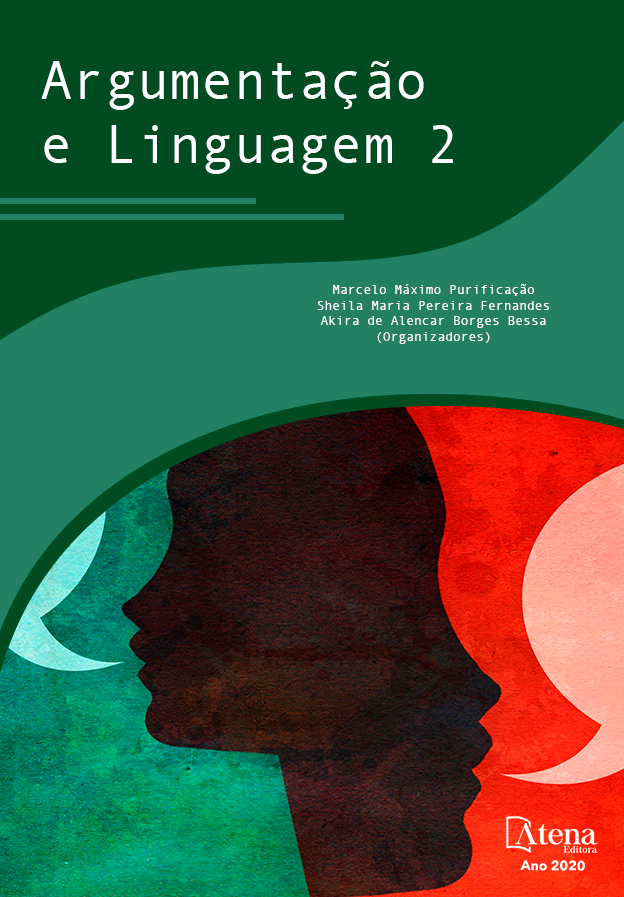
SENSACIONALISMO NO DISCURSO JORNALÍSTICO: A CONSTRUÇÃO DO ESCÂNDALO NA NOTÍCIA POR MEIO DO GROSTESCO
Esta comunicação situa-se na área da Análise do Discurso Crítica nas vertentes sociocognitiva (Van Dijk, 1998) e Semiótica Social (Kress e Van Leewen, 2001) tem por tema as estratégias de construção do escândalo por meio do sensacionalismo, focalizando o grotesco, nos gêneros textuais, noticia, charge e crônica de notícia, privilegiando a relação entre texto e contexto para a representação do escândalo em textos jornalísticos multimodais. Tem-se por objetivo geral, contribuir com os estudos sobre sensacionalismo em textos multimodais em língua portuguesa. São objetivos específicos: 1. examinar as estratégias utilizadas pela empresa-jornal para construir a opinião; 2. buscar uma orientação argumentativa de leitura para os textos; 3. verificar o léxico enunciado no texto, buscando a “ancoragem” a partir do marco de cognições sociais, tendo por base, o escândalo. O material analisado é constituído de textos jornalísticos e as análises buscaram examinar as relações cotextuais e contextuais multimodais, e sua produção discursiva, para a representação do escândalo. Na vertente da Semiótica Social da Análise Crítica do Discurso, Kress e Van Leeuwen (1990) investigam o valor das categorias textuais sistêmicas “dado” e “novo” para a análise de textos multimodais. Os resultados obtidos indicam que os elementos selecionados pelo produtor participam de sistemas de conhecimento, armazenados na memória social e individual, assim, considera-se que a ativação do armazenado nem sempre é consciente, pois a ideologia do Poder, que tem acesso ao público, pelos discursos, passa a influenciar as pessoas, levando-as a sustentar essa ideologia por sua reprodução textual, no e pelo discurso.
SENSACIONALISMO NO DISCURSO JORNALÍSTICO: A CONSTRUÇÃO DO ESCÂNDALO NA NOTÍCIA POR MEIO DO GROSTESCO
-
DOI: 10.22533/at.ed.43620250921
-
Palavras-chave: escândalo; grotesco; análise crítica do discurso
-
Keywords: scandal; grotesque; critical analysis of discourse.
-
Abstract:
This communication is situated in the area of Critical Discourse Analysis in the socio-cognitive (Van Dijk, 1998) and Social Semiotics (Kress and Van Leewen, 2001). Its theme is the strategies of scandal construction through sensationalism, focusing on the grotesque, in the textual genres, news, charge and news chronicle, privileging the relationship between text and context for the representation of the scandal in multimodal journalistic texts. The general objective is to contribute to studies on sensationalism in multimodal texts in Portuguese. Specific objectives are: 1. to examine the strategies used by the newspaper company to build opinion; 2. to seek an argumentative reading orientation for texts; 3. to verify the lexicon enunciated in the text, seeking "anchoring" from the social cognitions framework, based on the scandal. The analyzed material consists of journalistic texts and the analyzes sought to examine the multimodal contextual and cotextual relations, and their discursive production, for the representation of the scandal. On the Social Semiotics side of Critical Discourse Analysis, Kress and Van Leeuwen (1990) investigate the value of the "given" and "new" textual categories for the analysis of multimodal texts. The results indicate that the elements selected by the producer participate in knowledge systems, stored in the social and individual memory, thus, it is considered that the activation of the stored is not always conscious, since the ideology of Power, which has access to the public, by the speeches, begins to influence the people, leading them to support this ideology by its textual reproduction, in and by the discourse.
-
Número de páginas: 8
- Deborah Gomes de Paula


